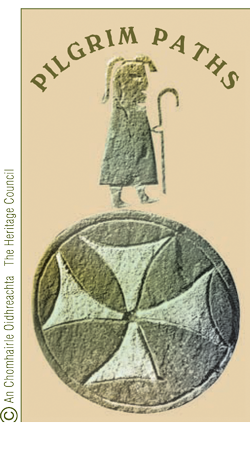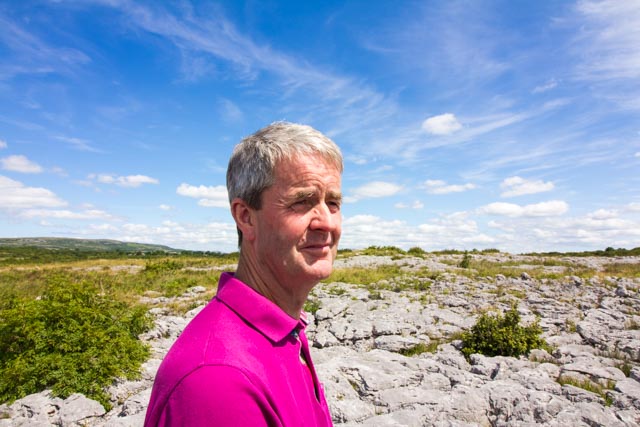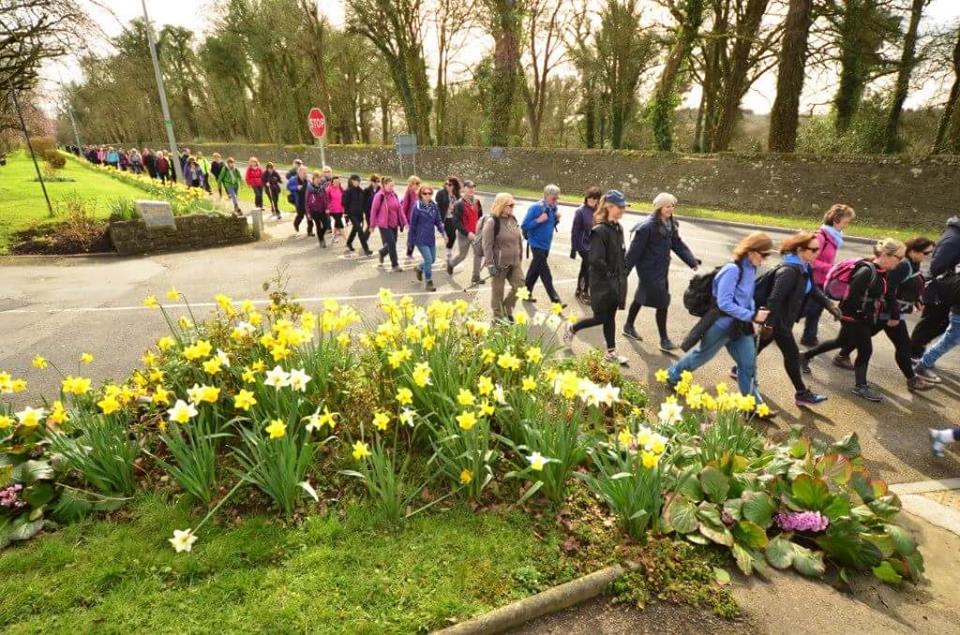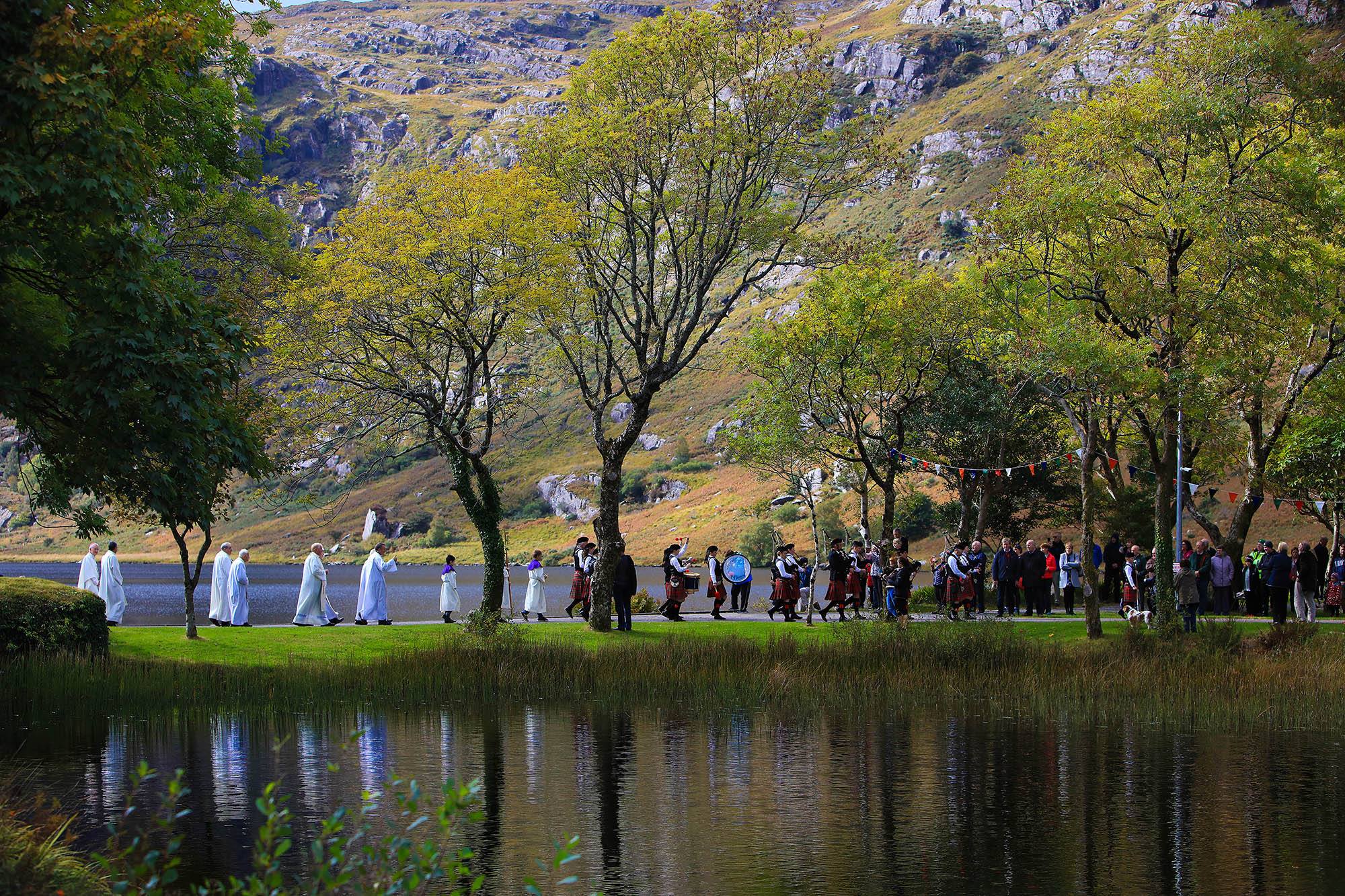TURAS CHOLM CILLE, GLEANN CHOLM CILLE. Co DHÚN na nGALL
The Gleann Cholm Cille (Glencolmcille) Turas is a religious procession that incorporates 15 different stáisiúin (stations) within nine different townlands of this stunningly beautiful spot, at the western edge of Co. Donegal, where, as they say, “the next parish is Boston.” These stations are all ancient stone monuments, some of which may have been associated with pre-Christian practices. The Turas leads the pilgrim along a five and a half kilometer (3.5 mile) meandering path up into the hills and down thorough the valley. It has evolved through several distinct stages. More than a millennium ago it began at a time when this remote slice of Ireland, hemmed in by mountains and the sea, had its own way of perceiving the world. Much later, these processions went through a period of decline, when even the Church turned its back these devotional practices after some of them began to include more revelry than religion. And finally the Turas was revived by that same Church, in an age when the Celtic past was embraced as an emblem of the nation’s re-birth.3 Turas Cholm Cille is dedicated to St. Colm Cille, the sixth-century missionary who, according to local tradition, had a monastic center in the valley of Gleann Cholm Cille. It is today the longest turas still practiced in Ireland.
Bridget Cunningham and her son Liam recount how the Turas was a part of their lives:
[vimeo]http://vimeo.com/16035110[/vimeo]
An Turas, means “the Journey.” These practices have also been called “patterns” or “rounds.” For the pilgrim it is a journey not only in the physical sense, walking barefoot in the darkness just after midnight as the ninth of June begins, plodding for three or four hours through rocky hillside and cold wet bog; it is also a path of spiritual discovery, where continually repeating the ancient mantra-like devotions brings one closer to salvation. That dark hour on the ninth of June in 597 was also the moment when St. Colm Cille was said to have taken his last breath.4
The 15 stations of An Turas, as well as the religious traditions associated with each of them, are all described in detail on a separate gazetteer page of Voices from the Dawn, along with photographs of each of the sites. Video interviews and other media items are also included on that page. Brief descriptions are contained in the “info” hotspots in the complete “Virtual Turas” (above, left). This VR feature should be viewed in full-screen mode to enable its interactive map.
A local festival ‘Colm Cille sa Ghleann’ (Colmcille in The Glen) is held annually in Gleann Cholm Cille from around June 9th. The activities include classes in Scots Gaelic, Dances, daily walks, concerts and lectures.
Eolas: 074 97 30248 oideasgael@eircom.net
www.voicesfromthedawn.com is an exciting and innovative multi-media project undertaken by Professor Howard Goldbaum (Assistant Professor at The Reynolds School of Journalism, Reno, Nevada) that covers the folklore of Ireland’s ancient monuments. It is a remarkable project driven by the passion of a stranger who falls in love with Ireland’s ancient and heroic past. County Donegal receives its share of attention with an excellent audio-visual presentation on Turas Cholm Cille (St Colmcille’s Pilgrimage).




